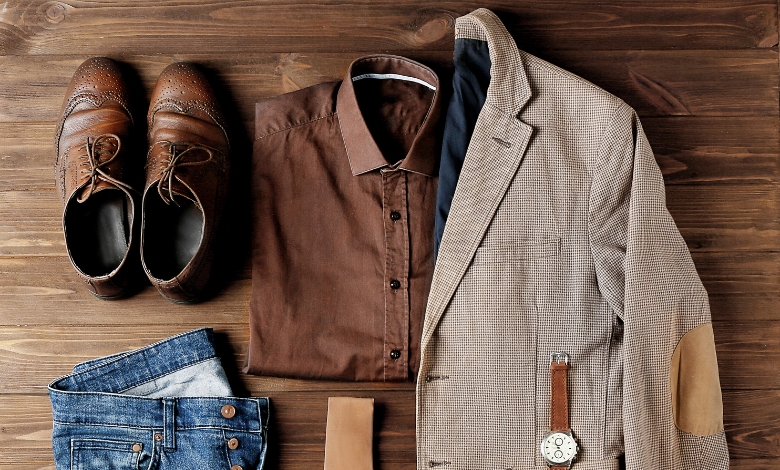Discover what enzymes will soften clothes and make them vintage, giving your fabrics a soft, worn-in, eco-friendly feel.
I still recall the day I took my beloved denim jacket from the wash for what seemed to be the hundredth time.
It stayed as rigid as the day I bought it regardless of how many cycles it went through.
Perfectly worn-in, buttery smoothness you find in vintage objects was what I wanted, but it felt unattainable.
Frustrated, I began looking at eco-friendly approaches to provide that broken-in sensation.
At this point, I discovered the power of enzymes.
Initially, I was dubious.
Could enzymes actually help to soften garments?
But I decided to try it after delving into the scientific underpinnings of their work—breaking down strands just enough to provide that soft, antique feel without compromising the cloth.
Applying what I knew produced amazing results.
My formerly stiff jacket became my go-to cozy, lived-in favorite.
You are in the perfect place if you want to bring that simple antique softness to your clothes and are bored with rigid textiles.
After years of honing this environmentally friendly approach, I am here to tell you all you need to know to undergo the same metamorphosis.
Let’s get started.
Article Breakdown
Why Use Enzymes for Fabrics and What Are They?

Natural proteins called enzymes accelerate chemical reactions. They break down some elements of materials, acting as little workers. tle prod to help them loosen up. You can get the same results from this regulated approach, with less wait time!
You have most likely previously come across enzymes without even noticing it; several laundry detergents break down stains using these agents.
Enzymes, however, have a whole different use when it comes to softening cloth and producing that old effect.
When used properly, they help break down fibers just enough to provide clothes a softer, more relaxed feel without causing total harm (of course).
Consider it this way: years of wear naturally wear down the fibers; enzymes act as a gen.
Softening and Aging Fabric Enzymes: Types
When trying to soften materials and get that old look, two main enzymes you should concentrate on are cellulase and protease.
Let us break it down since each works somewhat differently based on the type of fabric.
Cellulase: The Linen and Cotton Hero
Your first choice enzyme for natural fibers, including cotton, linen, and other cellulose-based materials, is cellulase.
These are plant-based products; cellulase softens the fabric and gives it a worn-out appearance by breaking down the cellulose fibers at a microlevel.
This is what transforms a stiff new pair of jeans into that absolutely worn-in favorite.
On that tough denim garment I discussed previously, I worked with cellulase.
With just the correct amount of faded brilliance, the jacket became one of the softest things in my closet after several treatments.
It seemed as though it had led a life all unto itself.
Protease: Friend to Wool and Silk
Should you be working with animal-based materials, such as silk or wool, protease is your best friend.
The building blocks of these materials, proteins, are broken down by it to produce a softer, more malleable fabric.
That silky, antique sweater feel is yours without waiting years of wear and tear.
Do-It-Yourself Method for Enzyme Use: Detailed Guide
Knowing which enzymes to employ, now let us explore how you might apply them at home.
No cause for concern; the procedure is simple and requires just a few basic tools.
Things You’ll Need:
First Step: Prepare Your Solution
Warm water should first fill a bucket or washing machine.
The water should be just warm enough to activate the enzymes without ruining the fabric—not very hot.
Dissolve the enzymes then into the water.
The strength of the enzymes you are using will determine the amount; so, be sure to closely review the label.
A good estimate is one to two tablespoons of enzyme powder per gallon of water.
Second Step: Soak the Fabric
Ensuring your cloth is well wet, submerge it in the enzyme solution.
Cotton and cellulose materials should soak for around half an hour.
Wool and silk might need a bit more time—45 minutes to an hour.
Third Step: Rinse and Neutralize
Neutralizing the enzymes is crucial once the soaking is over.
This assures that your fabric isn’t overprocessed and stops the reaction.
A splash of vinegar in cold water will work for products treated with cellulase.
A little bit of baking soda blended into the rinse water works nicely for protease-treated materials.
Fourth Step: Clean and Dry
Run the cloth through a regular wash cycle using detergent once neutralizing has been done.
If you hand-wash, be sure you rinse completely.
Either air-drying or using low heat in the dryer will help dry the fabric.
Safety Advice: Etiquette in Enzymes
One should be cautious before starting this process: enzymes are really strong.
These safety precautions will help you get the greatest outcomes free from wardrobe disasters:
Where to Purchase Enzymes for Fabric Softening?
Finding the correct enzymes for your fabric-softening endeavor is not as difficult as you would imagine.
Online Resources:
Specialty stores, internet merchants, or even enzyme-based laundry detergents can all have cellulase and protease enzymes available.
More Advice for a Vintage Look
Although enzymes can provide your garments with that old softness, there are additional ways you might enhance the appearance:
Frequently Asked Questions (FAQs)
Can using enzymes ruin my clothes?
Used correctly, enzymes won’t ruin your clothes. Still, over-soaking or using them on synthetic textiles can cause problems; so, follow the advised time and fabric choices.
For how long should I soak my clothing in enzymes?
For cotton and other cellulose materials, thirty minutes is perfect. Give wool or silk 45 minutes to an hour to soak.
Can I treat synthetic fabrics with enzymes?
On synthetic fabrics like polyester or nylon, enzymes won’t be effective. For optimal results, stick to natural fibers like cotton, linen, wool, and silk.
Key Takings
- It’s time to start using the key to softening your clothes and adding that vintage appeal.
- Enzymes can make all the difference whether you’re altering an old favorite or launching something brand-new.
- Simply put, testing and patience are vital.
- Start small, master the technique, and soon you’ll have a wardrobe full of wonderfully soft, vintage-inspired items that feel just perfect.
- And who knows—perhaps one day you’ll have a jacket as unique as mine, with a personal narrative.



